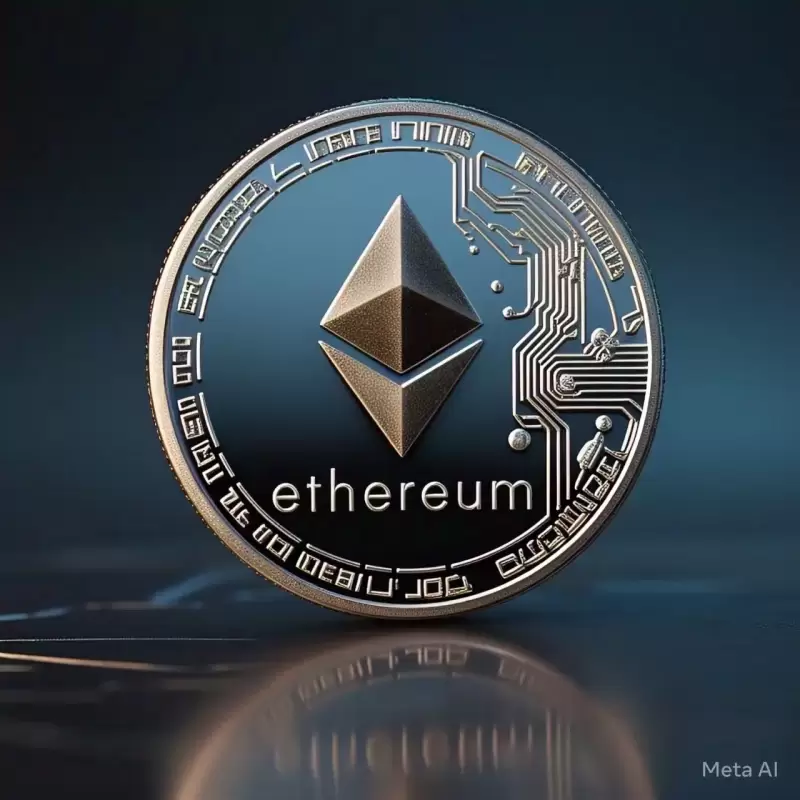 |
|
 |
|
 |
|
 |
|
 |
|
 |
|
 |
|
 |
|
 |
|
 |
|
 |
|
 |
|
 |
|
 |
|
 |
|
Cryptocurrency News Articles
Bitcoin Is the Only Network Capable of Sustaining the Next Evolution of DeFi
Apr 04, 2025 at 11:01 pm
Ethereum is struggling, and decentralized finance (DeFi) is suffering as a result. Layer-2 (L2) solutions have fractured liquidity
Layer-2 solutions for Ethereum have failed to deliver on their promise of scaling the network and have instead fractured liquidity, rendering capital inefficient. As a result, many in the crypto community are searching for greener pastures.
However, Solana, which many have pointed to as an alternative, has seen its ecosystem overrun by memecoins, which are used for pump-and-dump schemes, liquidity extraction and fraud.
The only network that can sustain the next evolution of decentralized finance aligns with Satoshi’s original vision of a decentralized financial system and is being powered by the most trusted and decentralized network in the digital economy — Bitcoin.
Ethereum was once the undisputed home of decentralized finance, but today, it’s clear that the ecosystem is struggling. The network’s roadmap is constantly changing, and there’s no clear path toward long-term sustainability.
Layer-2 solutions were supposed to scale Ethereum and increase its throughput, and they have certainly achieved that. However, they’ve also fractured DeFi into isolated liquidity silos. While L2s have lowered transaction fees, they now compete for liquidity rather than contributing to a unified financial system.
The result? A fragmented landscape that makes capital inefficient and DeFi protocols harder to scale.
Ethereum’s proposed solution — chain abstraction — sounds promising in theory but fails in practice. The fundamental issue is a structural misalignment of incentives, and as a result, Ethereum is gradually losing its competitive edge in DeFi.
It’s time to ask: Can DeFi’s future lie in a fragmented Ethereum?
Solana has seen an 83% increase in developer activity year-over-year, and its decentralized exchanges have outperformed Ethereum’s for five consecutive months. However, there’s a fundamental problem: Solana’s DeFi growth isn’t built on sustainable financial applications — it’s fueled by a memecoin frenzy.
The recent surge in activity isn’t driven by innovation in decentralized finance but by speculative trades. Following the TRUMP memecoin craze, the total extracted value from Solana’s memecoins ranged between $3.6 billion and $6.6 billion. This isn’t DeFi growth — it’s a liquidity extraction engine where short-term speculators cash in and move on.
Solana has real strengths. Its speed and low transaction costs make it ideal for high-frequency trading, and its ecosystem has made meaningful strides in decentralized physical infrastructure networks (DePINs), AI and decentralized science, or DeSci. But the dominance of memecoin speculation has turned the chain into a playground for fraud and pump-and-dump schemes. That’s not the foundation DeFi needs.
Solana isn’t the answer if the goal is to build a lasting financial system.
Instead, we need to return to first principles and build DeFi on the original blockchain: Bitcoin — the most trusted, decentralized network backed by the soundest money in the digital economy.
This isn’t just theoretical. Bitcoin DeFi is already experiencing explosive growth. Consider the numbers: Total value locked (TVL) in Bitcoin DeFi surged from $300 million in early 2024 to $5.4 billion as of Feb. 28, 2025 — a staggering 1,700% increase. The Bitcoin staking sector is dominating, with protocols like Babylon ($4.68 billion TVL), Lombard ($1.59 billion) and SolvBTC ($715 million) leading the charge. This demonstrates the growing demand for Bitcoin to become a productive asset rather than a passive store of value.
Bitcoin-native DeFi isn’t simply copying Ethereum’s playbook — it’s pioneering new financial models. Advancements in the space have introduced dual staking, allowing users to stake BTC alongside native tokens to enhance security and earn yields. Meanwhile, novel approaches to tokenizing Bitcoin’s hashrate turn mining power into collateral for lending, borrowing and staking, further expanding Bitcoin’s financial utility.
In addition, Ordinals and BRC-20 tokens have driven record-high transaction activity, with inscriptions reaching 66.7 million and generating $420 million in fees — highlighting the growing demand for tokenized assets on Bitcoin.
It is clear that Bitcoin is no longer just digital gold — it’s becoming the foundation for the next phase of decentralized finance.
The future of DeFi lies with Bitcoin, where incentives align with long-term value creation. Unlike Ethereum’s fragmented model and Solana’s speculative economy, Bitcoin-based DeFi is built on institutional-grade liquidity and sustainable growth.
As the largest and most liquid crypto asset, Bitcoin boasts a $1.7 trillion market cap and $94 billion in exchange-traded fund (ETF) holdings. Even a fraction of this liquidity migrating into DeFi would be a game-changer. Bitcoin holds over $1 trillion in untapped liquidity and continues to attract strong interest from institutional investors and sovereign wealth funds, with governments already exploring it as a potential reserve asset.
Several
Disclaimer:info@kdj.com
The information provided is not trading advice. kdj.com does not assume any responsibility for any investments made based on the information provided in this article. Cryptocurrencies are highly volatile and it is highly recommended that you invest with caution after thorough research!
If you believe that the content used on this website infringes your copyright, please contact us immediately (info@kdj.com) and we will delete it promptly.
-

-

-

-

-

-

-

-

-

- The XRP ETF Debate Is Heating Up as Ripple’s Ongoing Battle With the SEC Inches Toward a Resolution
- Apr 06, 2025 at 07:30 pm
- With legal hurdles nearly cleared, market confidence in XRP ETF approval has surged. As investors eagerly await the SEC’s decision, another project, IntelMarkets (INTL), is quietly making waves.

























































